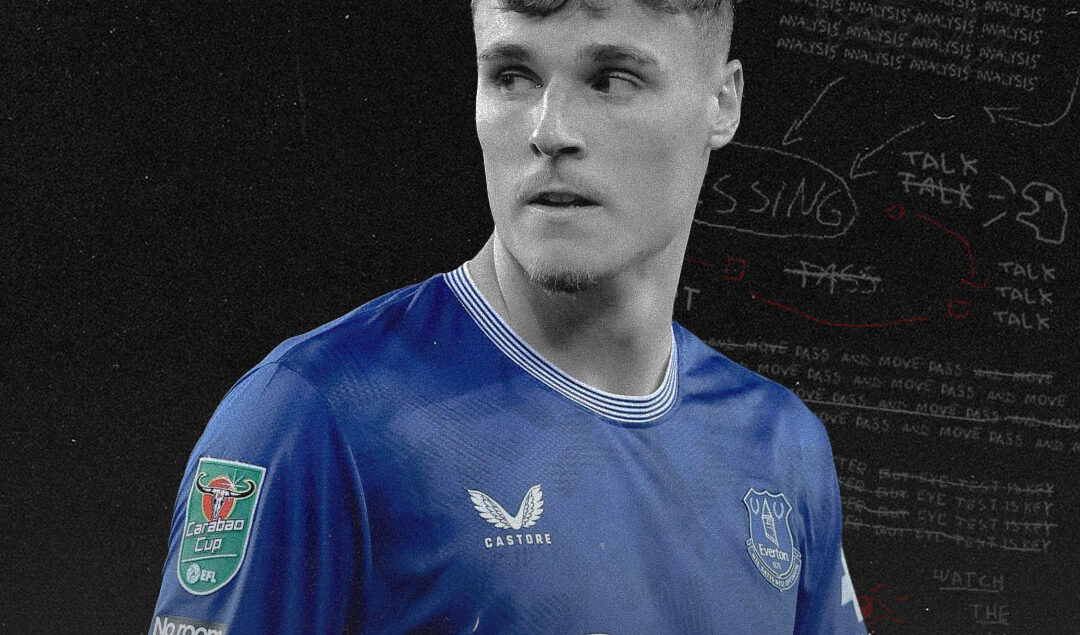Analyzing Everton’s 2-0 Defeat to Manchester City
Once again, Everton have spent the season hovering above the relegation positions, but once again, they have avoided the threat of relegation. Despite winning just one of their last nine matches, the Toffees sit 15th in the table, 17 points clear of the drop zone. That sole win came in a 1-0 victory at Nottingham Forest on April 12, which was followed by a 2-0 defeat to Manchester City.
Key Context:
- Everton’s Positive Momentum: Everton has shown significant improvement lately, highlighted by their recent win against Nottingham Forest, courtesy of an Abdoulaye Doucoure goal. Their rise in the table has helped them create a buffer from the relegation zone, particularly following David Moyes’s appointment.
Beto’s Journey: From the Portuguese Lower Leagues to Everton’s Star Man
- Manchester City’s Objectives: For Manchester City, this match was vital. With Nottingham Forest’s recent struggles, City saw an opportunity to solidify their position for a Champions League spot and needed to maintain focus in their remaining league fixtures.
Team Formations:
Both teams adopted a 4-2-3-1 formation, with Manchester City fielding Stefan Ortega in goal and a defense comprising Nico O’Reilly, Josko Gvardiol, Ruben Dias, and Matheus Nunes. Nico Gonzalez and Ilkay Gundogan operated in the double pivot, while Savinho, Kevin De Bruyne, and Bernardo Silva played closer to the box, with Omar Marmoush leading the line as the lone striker.
Everton, also in a 4-2-3-1, had Jordan Pickford in goal and relied on a defensive lineup of Jake O’Brien, James Tarkowski, Jarrad Branthwaite, and Vitaliy Mykolenko. Idrissa Gana Gueye and James Garner formed the double pivot, with Iliman Ndiaye, Doucoure, and Jack Harrison providing support behind Armando Broja, the solitary striker.
While both managers utilized the same formation, their tactical approaches varied significantly. Moyes is known for his direct and counter-attacking style, underscoring defensive stability and quick transitions. He aimed to limit spaces for Manchester City, who thrive on possession-based football, high pressing, and exploiting wide areas.
Match Analysis:
In the first half, O’Reilly and Savinho posed challenges for Everton’s defense, while Kevin De Bruyne struggled to establish rhythm as both teams fought for control. Everton successfully relied on a compact defensive shape and effective counter-attacks, with Doucoure and Harrison creating threats, although Manchester City’s back four remained strong.
Even with 67% possession, City faced moments of needed defensive awareness, as highlighted by Tarkowski and Broja’s efforts, which Gvardiol and Dias handled effectively. The first half, albeit goalless, showcased City’s patience in building from the back and adapting creatively to the tight space imposed by Everton’s approach.
Orel Mangala: The “Pattex” Signing Bringing Ball Control to Everton
The second half maintained a similar rhythm, with City effectively creating overloads in wide areas and exploiting openings within Everton’s defense. Everton’s backline appeared to tire as Gueye and Keane received yellow cards, a development that followed Tarkowski’s injury substitution.
In the 84th minute, Everton’s defensive discipline wavered when O’Reilly finally broke the deadlock, turning in a cross from Matheus Nunes with a low shot from six yards out. However, the eventual winning goal came from Mateo Kovacic, a substitute for Gonzalez, who expertly finished after an assist from Gundogan, ensuring Manchester City took home three vital points.
Constructive Takeaways:
- Both flanks and midfield exhibited improved intensity throughout the match.
- Guardiola’s emphasis on quick transitions proved effective, with O’Reilly, Savinho, and Marmoush causing disruption despite the constrained space.
- Recognizing Everton’s reliance on counter-attacks, Gvardiol and Ruben Dias remained proactive in engaging with Doucoure, Mykolenko, and Broja, limiting their impact.
- City’s methodical build-up play generated numerous opportunities, particularly following Tarkowski’s departure.
- The combination of Kevin De Bruyne and Gundogan provided a strong tempo in the second half, displaying their leadership.
- Overall, it was a commendable performance for Manchester City. In contrast, while Everton’s low-block strategy provided some structure, it ultimately did not achieve the desired results.
This match reinforced the notion expressed by Simon Contran in his thesis, which resonates with Everton’s current situation: it serves as a reminder that football is dynamic and continually evolving, demanding adaptability and strategic innovation. Tactical evolution is not a straight line, but resembles a circle; past solutions are continuously reused, but modified with a modern edge.
Manchester City would proceed to beat Aston Villa 2-1 before edging Nottingham Forest to a place in the FA Cup Final — they currently sit fourth in the Premier League table, one point behind Newcastle and one above Chelsea and Forest. As for Everton, they lost 1-0 at Chelsea in their following match.
Whilst Everton will be hosting already-relegated Ipswich Town before traveling to Fulham and hosting already-relegated Southampton, City will be taking on Wolves and Southampton before facing Crystal Palace in the FA Cup Final and Bournemouth on the final day.
By: Ogunniyi Abayomi / @Cerebralcaldo
Featured Image: @GabFoligno / James Gill – Danehouse / Getty Images
